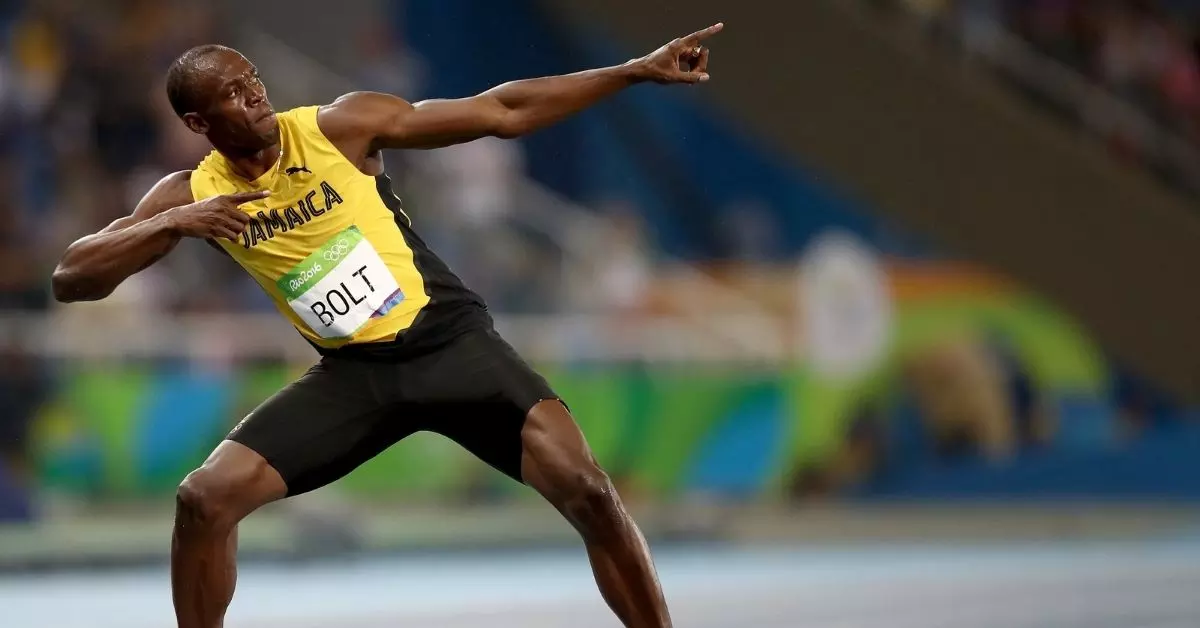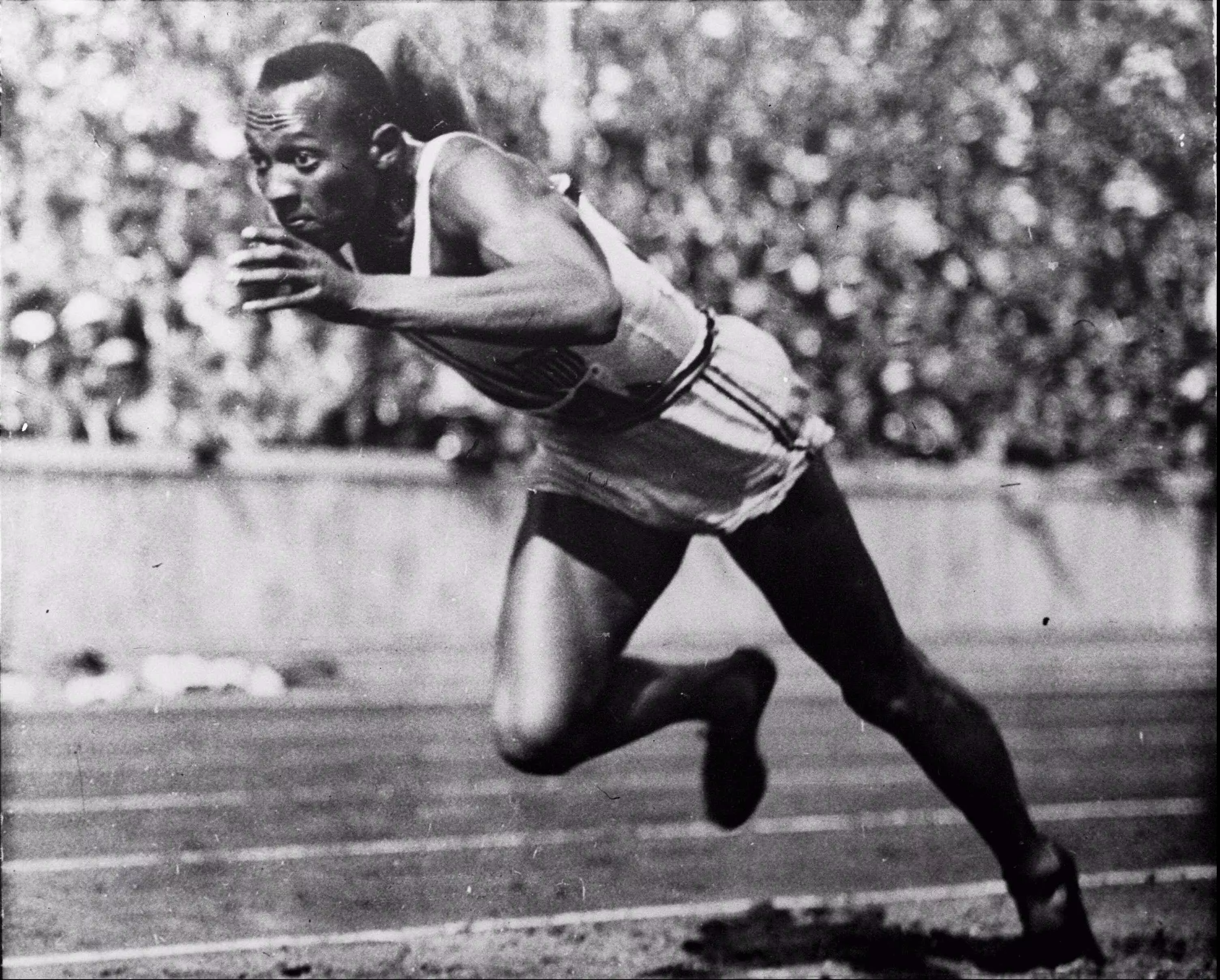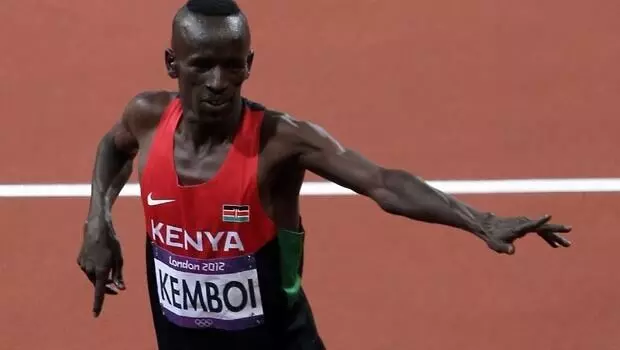Tokyo 2020
How the evolution of sports science and technology helped Olympic athletes
A look into how various sports sciences and technologies has helped Olympic athletes like Usain Bolt to make records

Jamaican sprinter Usain Bolt (Source: Olympics)
August 16, 2009. The Olympiapark in Berlin stood up to salute the best sprint ever in history as Usain Bolt shattered his own world record by finishing 100 meters in 9.58 seconds. And I say, shattered because he went a remarkable 0.11 seconds quicker than the world record he set a year earlier at the Beijing Olympics.
It was a déjà vu for Olympiapark which witnessed the great Jesse Owens sprint across 100 meters and clocking an incredible 10.2 seconds in 1936, the Olympics hosted in order to showcase Nazi supremacy but lit up by a black American Jesse Owens as he clinched 4 gold medals.
If we compare the speeds of both the athletes, Bolt would have been leading Owens by over 14 ft. at the finish line. Although Bolt went a clear 0.62 seconds over Jesse Owens, it is peculiar to note the evolution of technology since Owens sprinted in the Olympics.
While Owens sprinted on cinders (ash obtained from burnt wood), Bolt had synthetic tracks at his disposal. On average, cinders stole 1.5% more energy from an athlete as compared to modern synthetic tracks manufactured and installed by an Italian company Mondo.
According to renowned sports scientist David Epstein, this statistic and the biomechanical analysis of Owens' limbs shows that he could have been within a stride of Bolt while the latter crossed the finish line. This speaks volumes of the progress that we have made in track technology.
Sir Owens started from holes dug into cinders by a garden trowel, while Bolt started from specialized starting blocks so as to push his limbs and absorb as little energy as physically possible.

This progress, though, hasn't been confined to tracks. The athletes are training more and better. In 1954, Sir Roger Bannister became the first man to run a mile in under 4 minutes. More than 1300 runners have achieved this feat since then.
If we consider the difference made by track technology, the figure still remains more than 500. This shows the progress made in terms of fitness by the athletes. Training routines and diet have made an enormous impact on athletes.
While the athletes have gotten better at training, their gene pool has also evolved. In the early 20th Century, it was believed that the average body type is suited to every sport. But as sports science made progress, athletes and coaches started to realize that they needed specialized body types in order to excel in their sport.
Hence, the average height of a female gymnast went down to almost 4ft. 9" so as to maintain the power to weight ratio. As the gymnasts went shorter, the height of an average NBA player rose to almost 6ft. 7". More than 10% of active NBA players are at least 7ft. tall. While the height comes to an advantage to jump and dunk, they have ridiculously long hands too. Averaging more than 7ft. long.
When Thomas Hicks won the Olympic marathon in the most bizarre circumstances in St. Louis in 1904, he did so with the help of his friends, who gave him doses of strychnine sulfate mixed with egg whites and brandy. In simple words, he was being fed commonly used rat poison in order to stimulate his nervous system.
While Hicks crossed the finish line supported by his friends in more than three and a half hours, the current world record for a marathon stands at little over two hours and one minute (2:01:39 to be precise), held by Eliud Kipchoge from Kenya.
Kenyans are known to be brilliant long-distance runners. So much so that a sizeable number of Kenyans run a marathon under 2 hours and 10 minutes every month. The Kalenjin tribe in Kenya is known for its contribution to long-distance running.
The prowess of the Kalenjin tribe was showcased in front of the world when Kipchoge Keino beat the world record holder Jim Ryun in the 1500 meters event at the 1968 Mexico City Olympics. The upset was glorified by the fact that Keino was running against his doctor's advice since he had a painful gall bladder infection.
While the Kalenjin have evolved to have incredibly thin ankles and calves to withstand the climate along the equator, they can resist an unfathomable amount of pain too.
When John Manners, a retired journalist, lived in the Kalenjin country to study their athletic prowess, he learned about the various rituals that their adolescents go through.
When he talked to a fellow Kalenjin, manners learned about the initiation ceremony. A ceremony that marks the beginning of adulthood. A Kalenjin is then made to go through a variety of practices and resist pain without flinching.
Practices so brutal that you might flinch even while reading.
"First, he says, he had to crawl mostly naked through a tunnel of African stinging nettles. Then he was beaten on the bony part of the ankle, then his knuckles were squeezed together, and then the formic acid from the stinging nettle was wiped onto his genitals.
But all that was just warm-up; early one morning, he was circumcised, with a sharp stick." Says Manners while speaking to the NPR about a 15-year-old Kalenjin.
After the circumcision was done, the Kalenjin would be taken to a hut in the outskirts of the village and told that he's not allowed to walk after leaving the hut. He has to run. When the Kalenjin ran, he felt the pain. He persevered and endured the pain.
While the Kalenjin have evolved specifically for long-distance running, it is peculiarly to note that the man making history in Berlin, the fastest man to have blessed our planet, was not particularly suited to sprinting.

Usain Bolt is incredibly tall and has ridiculously long legs for a sprinter. While an average sprinter is about 5ft. 9" long, Usain Bolt is 6 ft. 5" tall, making it that much more difficult for him to accelerate. That's what makes the great man special.
If you go through the archives and notice Usain Bolt's starts at every race, he seems to lag during the first 30-40 meters and eventually comes good and overtakes his competitors. So, what's the magic happening here?
While Bolt has the disadvantage of having to lever his long limbs for acceleration, he has the advantage of covering more ground in a single stride. While his competitors take around 45 strides in the course of 100 meters, Bolt takes just around 41, covering more than 2.4 meters in every stride. Hence, making up for the lost time due to his slow acceleration.
It is very amusing that Bolt initially was inclined to run long distances due to his long limbs. But his absolute loathe towards strenuous endurance training made him switch to sprinting, and we got the legendary figure of 9.58.
As we complete 125 years of Olympic history, the athletes have truly found ways to get better at their sport. They have indeed stayed true to the motto "Citius-Altius-Fortius" and entertained us in every way possible. In the next century, who knows someone would be referring to Usain Bolt as I referred to Jesse Owens today!
Till then, let's cherish the present and hope to witness more such legends in our lives.
